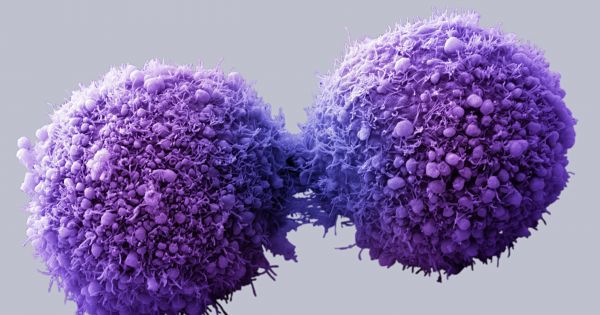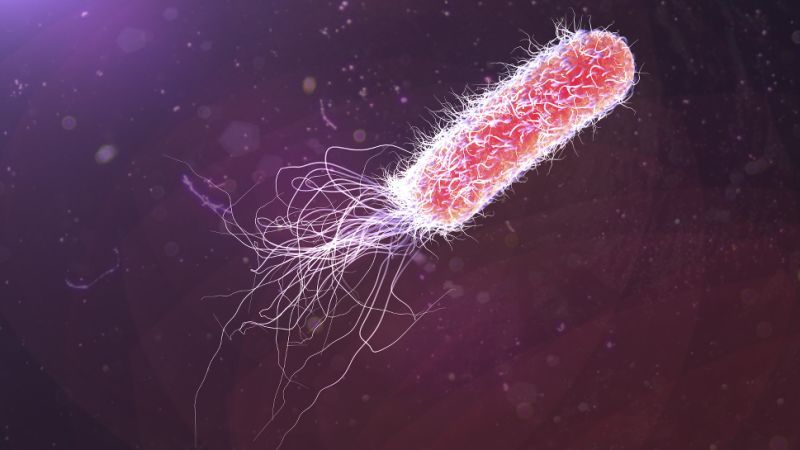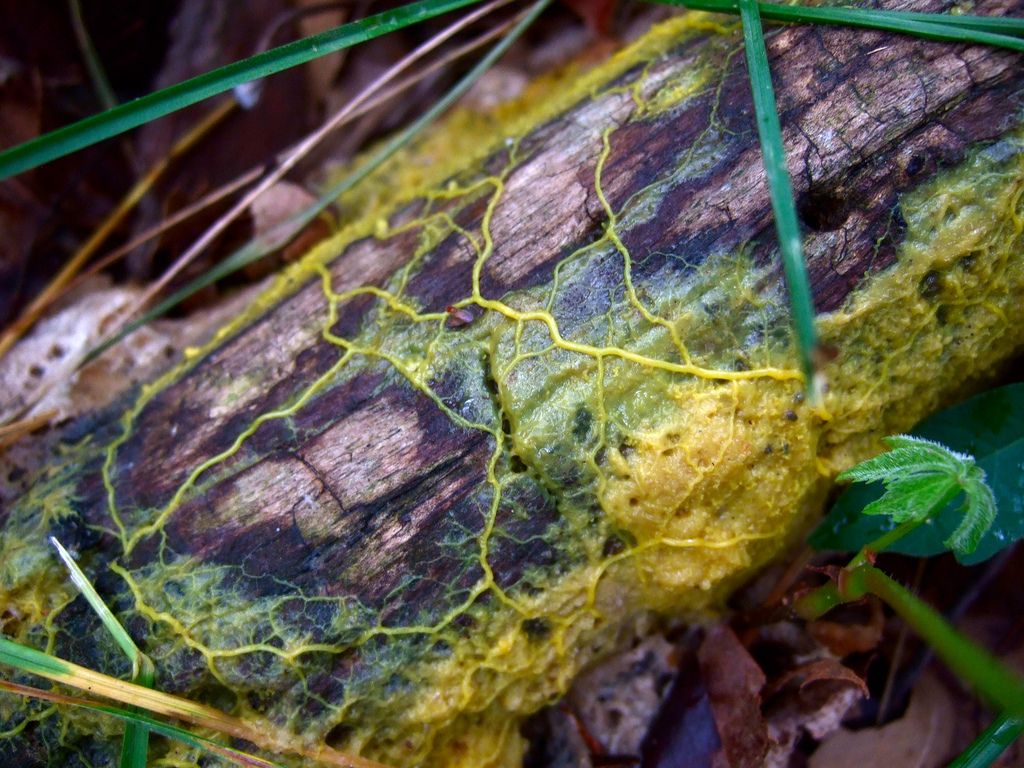Jun 22, 2016
Approved: First Ever Human Trials Involving CRISPR Gene Editing
Posted by Karen Hurst in categories: bioengineering, biotech/medical, genetics, health
Excellent!!! Cannot wait until we eradicate cancer, MS, Parkinson, Dystonia, Cystic-Fibrosis, LGD, etc.
A team of Physicians at the University of Pennsylvania’s School of Medicine now has their project of modifying the immune cells of 18 different cancer patients with the CRISPR-Cas9 system approved by the National Institute of Health.
CRISPR is the gift that keeps on giving—when it’s not fighting blindness, tackling HIV, or even recording real-time immune responses, it is taking on the emperor of all maladies: cancer.
Continue reading “Approved: First Ever Human Trials Involving CRISPR Gene Editing” »


















